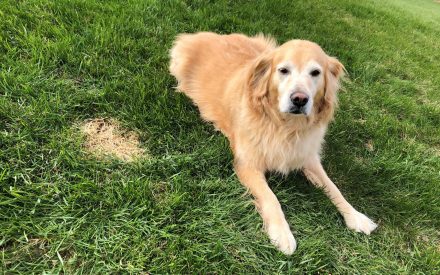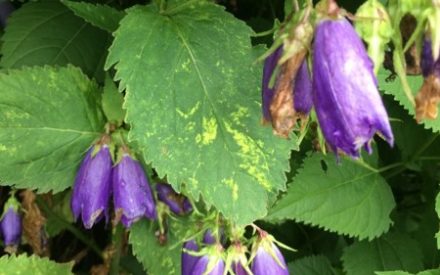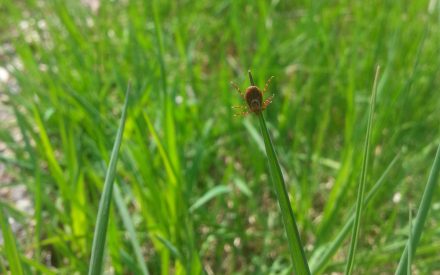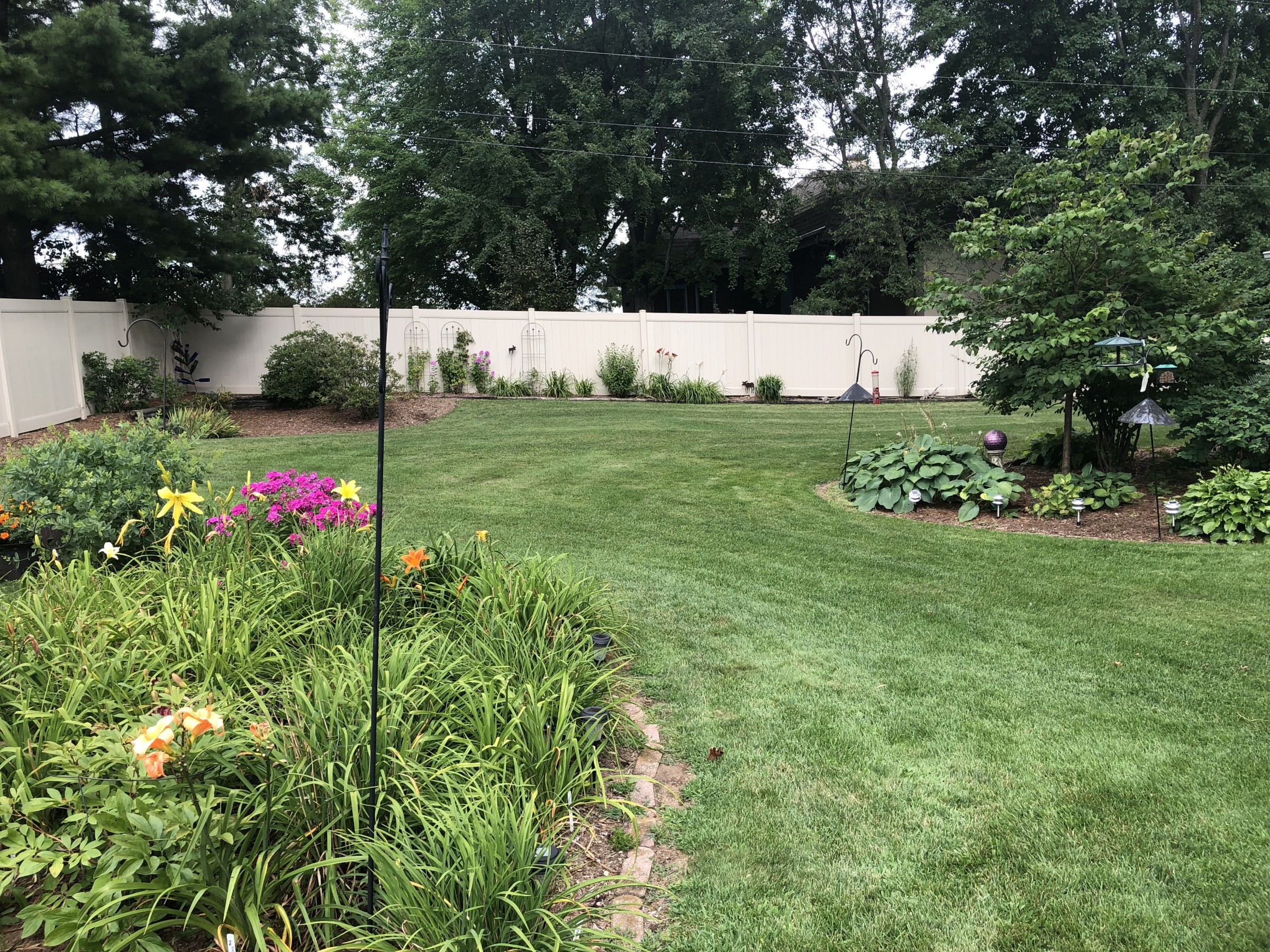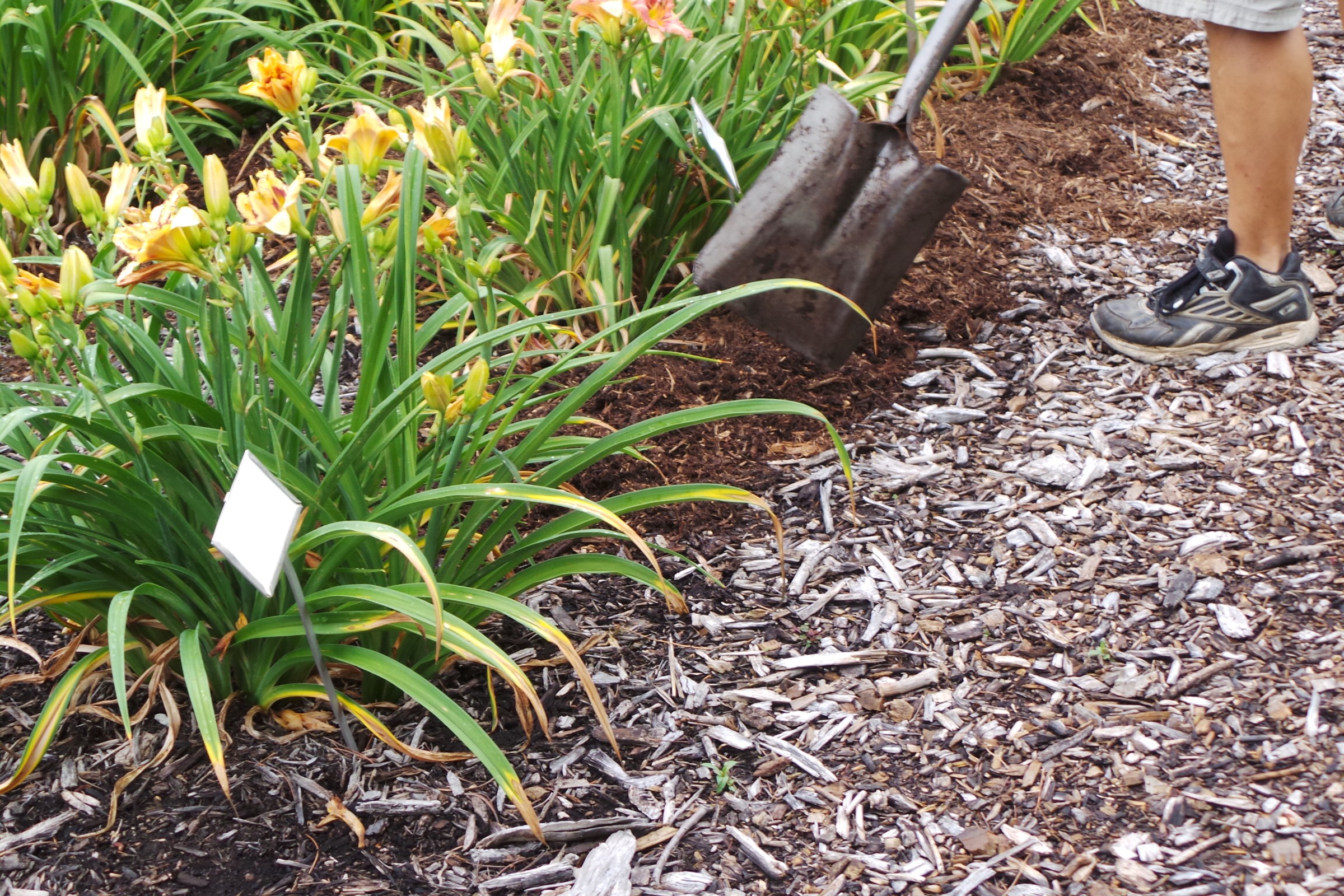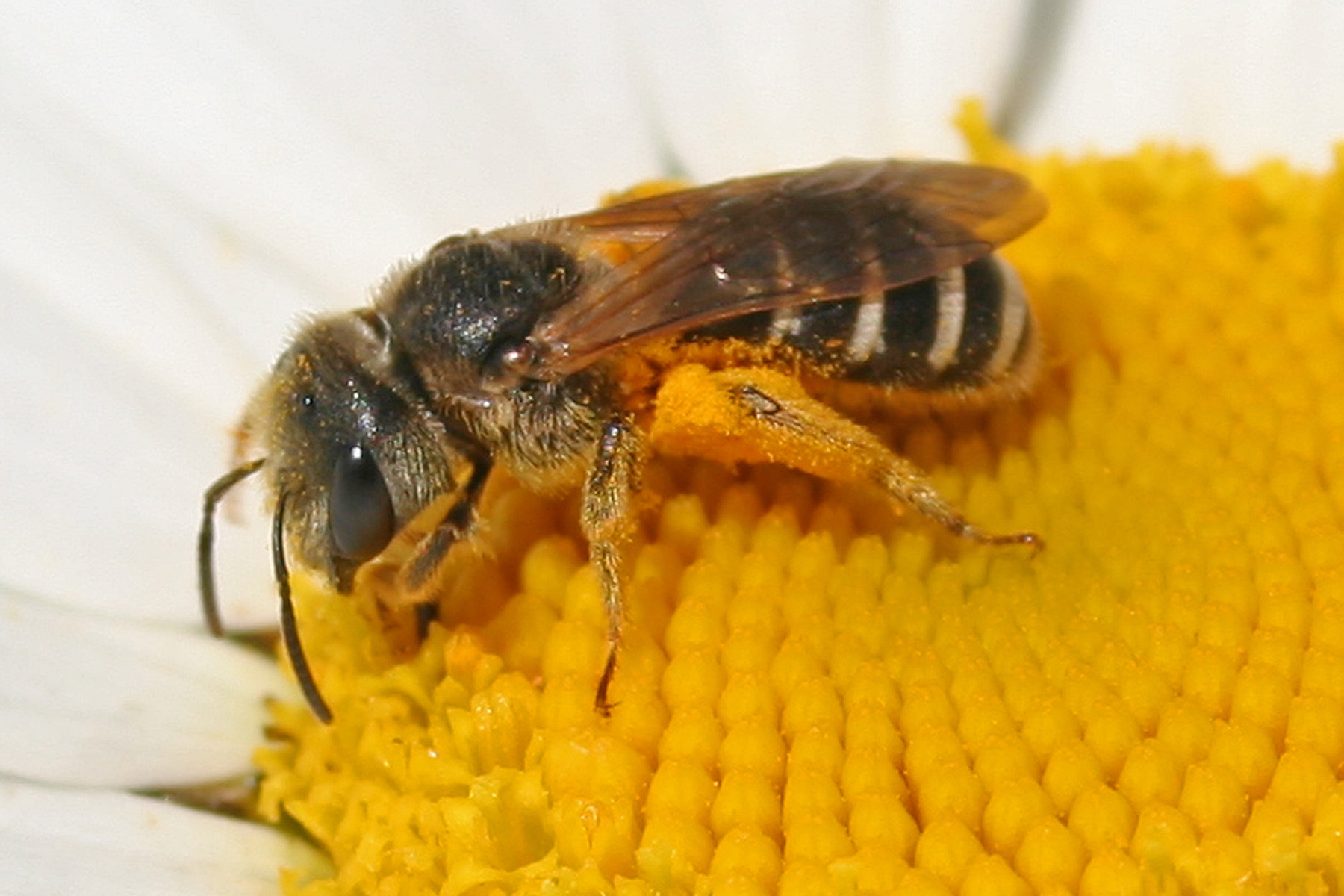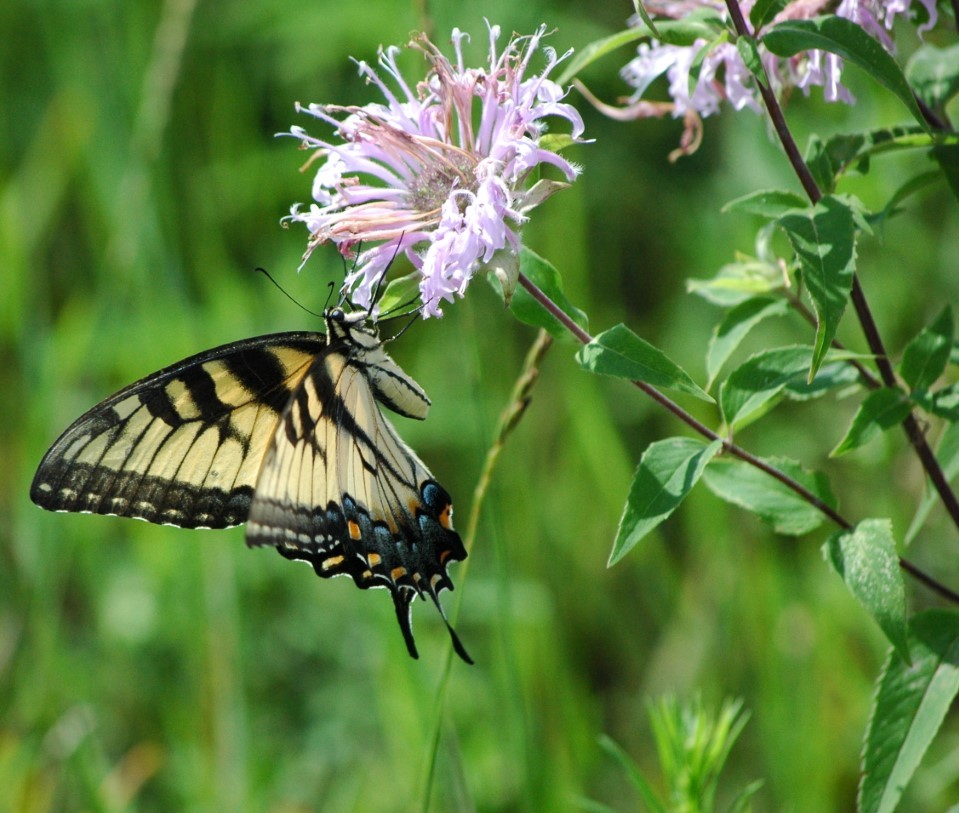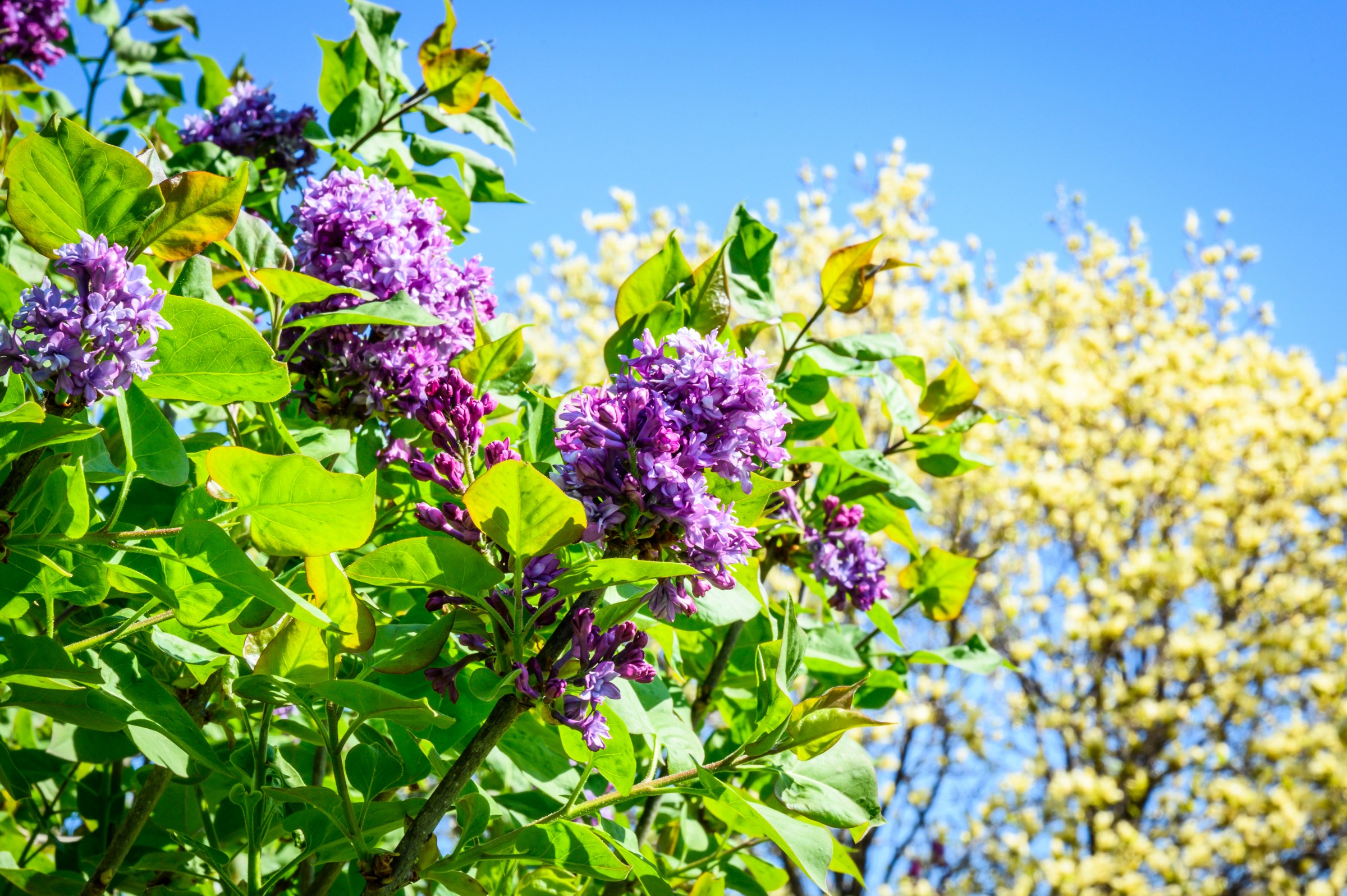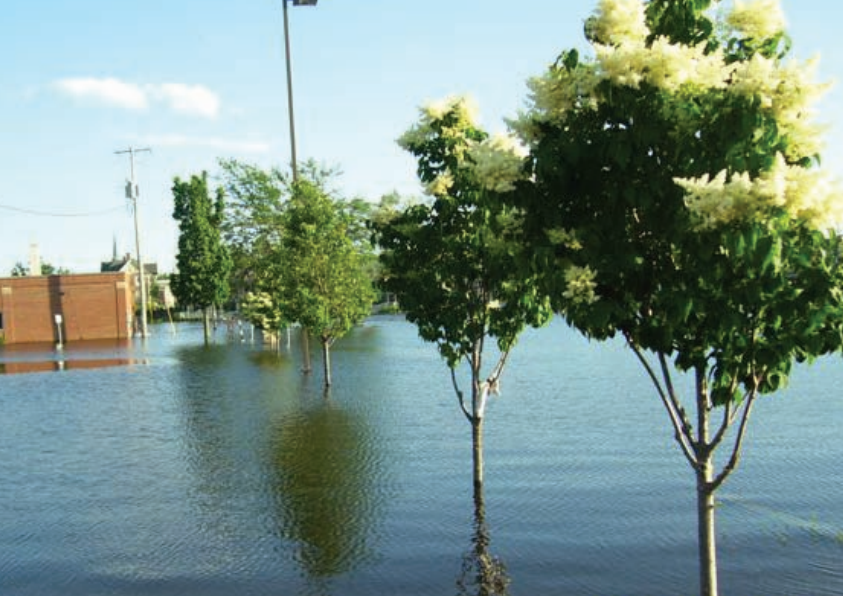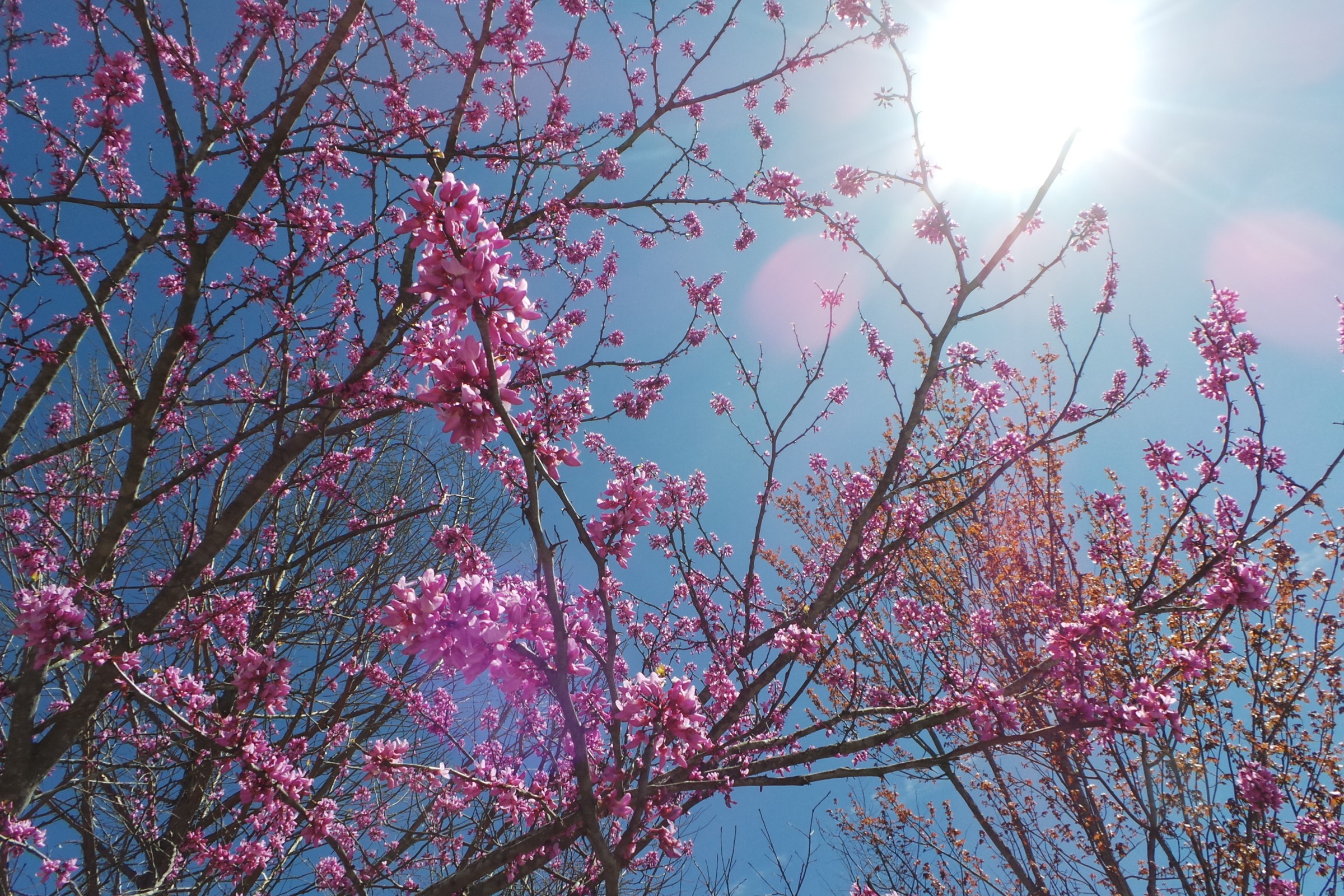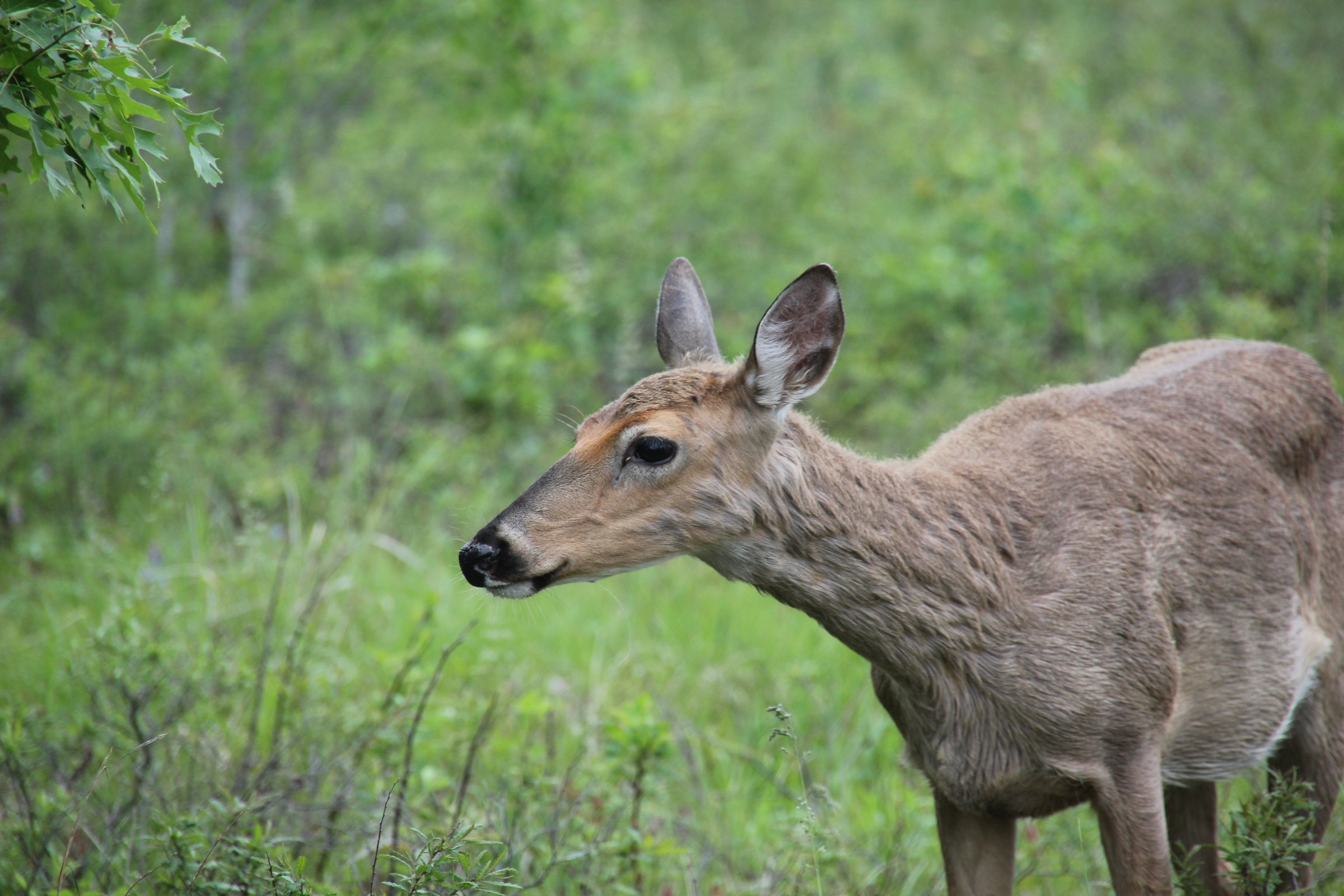2024 Q&A Series:
Gardening and Landscape Questions
Register for the upcoming Q&A series to get all of your questions answered!
Free Online Gardening Programs
Suitable for gardeners of all skill levels and watchable on mobile, tablet, and desktop devices.
Growing and Caring for Plants in Wisconsin: Foundations in Gardening
Registration for the Fall 2024 course opens July 15, 2024!
In the meantime, stay informed about all our offerings, including announcements about this course. Join our mailing list to receive reminders about courses, webinars, and more!
Growing and Caring for Plants in Wisconsin: Foundations in Gardening is an online introductory course where you learn key concepts for selecting, growing, and maintaining plants – from trees to houseplants to vegetables and everything in between!
New to Gardening?
Gardening and learning to grow your own food provides many benefits, but we know it can be a bit intimidating when first starting out.
Check out our New Gardener Resources to get your Wisconsin garden started quickly and easily.
Latest Horticulture News
Now is a great time to fixing dead spots in lawns
As lawns wake up from winter and start greening up, many of us are seeing spots where the grass has died over the winter. To repair larger areas of damaged grass, it is best to work up the soil and re-seed.
Smart Shopping: Dodging Disease When Purchasing Plants
May is a prime time to visit your local greenhouse, nursery or garden center to buy annuals, perennials and vegetables for your home garden. Unfortunately, these plants can be carriers of plant disease-causing organisms. Here are some pointers on what to look for when buying plants.
Spring is Tick Season in Wisconsin
Warmer temperatures mean that Wisconsinites are spending a lot more time enjoying the outdoors with activities such as gardening, hiking, picnicking, and camping. However, spring also happens to be a season of peak tick activity in the Midwest. Ticks may be small but can have big health impacts as they carry diseases such as Lyme disease, anaplasmosis, ehrlichiosis, and others.
Check out Horticulture News Posts from earlier in the season!
Timely Articles for Spring Gardens
Wisconsin Lawn Care Calendar
The following lawn care calendar provides an overview of home lawn maintenance. Not all lawns require every maintenance activity. Be sure to customize the care of your lawn to its specific problems and needs.
Mulches for Home Gardens and Plantings
Boost your garden’s production with mulches. This publication shows when to use organic mulches, like bark or leaves, and synthetic mulches, like plastic sheets, and teaches how to apply them.
Fungus Gnats on Houseplants
Fungus gnats (Family Sciaridae) are insects commonly associated with overwatered houseplants. They can become a nuisance when they are present in large numbers and fly around inside a home. In most situations, fungus gnats are a cosmetic problem. However, on occasion, fungus gnat larvae can cause plant damage.
Wisconsin’s Busy Bees: Getting to Know the Bees in Your Area
By: PJ Liesch, Extension Entomology Specialist, UW-Madison While bees such as honey bees and bumblebees are well-known, Wisconsin is home to nearly 500 species of bees. Most of these bees go unrecognized by the public but provide critical pollination services. In this video, you will learn about some of the commonest wild bees in the […]
How do Pesticides Affect Pollinators and Songbirds in Your Yard
By: Lynn Markham, Extension Land Use Statewide Specialist, UW-Stevens Point Maybe you’ve heard news stories about declines in pollinators and songbirds. In this video, you will learn what research studies have found about how pesticides affect pollinators and songbirds. You will also learn about what people have done to help in their yards and communities […]
Phenology
Phenology is a branch of science that studies the life cycles of plants and animals with seasonal changes and weather. Learn more in this factsheet.
Pruning Evergreens
Pruning can help control the size of an evergreen, direct growth, or maintain plant health and appearance. Learn how to prune evergreens in this factsheet.
Seed Starting
Starting your garden from seeds might be easier than you think. Check out this article to get practical tips on starting your plants from seeds.
Effects of Flooding on Woody Landscape Plants
“How long will my plants survive with their roots under water?” This publication will help you answer that question.
What’s the deal with “No Mow May?”
Have you heard about “No Mow May?” Many people have committed to not mowing their yards in May, allowing flowering plants to grow to help provide food for pollinators. Before you stow away your mower for May, let’s look at what options you can take to help pollinators this Spring.
Plants Not Favored by Deer
If deer visit your property, before planting (or replanting), check out this list of trees, shrubs, flowers, herbs, and grasses that deer tend to avoid.
Growing Vegetables in Containers
This article provides practical tips on growing plants in containers. With a few tips, growing plants in containers can be easy!


